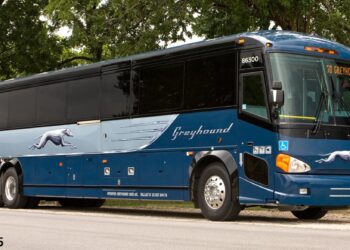It’s 1963, and 15-year-old Clayola Brown just heard the news on the car radio in Philadelphia: There was going to be a march on Washington.
She recalls the deep, heavy baritone of civil rights activist and march organizer A. Philip Randolph, describing the inequities of Jim Crow America and the promise of freedom and economic justice.
“It was like a calling,” said Brown, now 75 years old. “I just knew I wanted to be there.”
Brown saved up babysitting money for the Greyhound bus ticket, snuck out of the house early the morning of Aug. 28, climbed a tree along the National Mall and listened in awe as Martin Luther King, Jr. described his vision for the future.
“That was the most exciting day of my entire life,” said Brown, a labor unionist and civil rights activist.
An estimated quarter of a million people flocked to the Mall that day in what would become the largest civil rights demonstration at the time. Sixty years later, witnesses to The Great March spoke with USA TODAY about what they experienced that day and reflected on the progress — or lack thereof — the United States has made toward King’s dream.
Explore the series:MLK’s ‘I have a dream’ speech looms large 60 years later
The year 1963
To understand the March on Washington, you have to understand the year 1963, said Clarence B. Jones, King’s lawyer, adviser and speechwriter.
Early that year, King convened a group of supporters at the New York apartment of singer and actor Harry Belafonte to announce a campaign to desegregate Birmingham, Alabama — known at the time as “Bombingham,” recalled Jones, 92.

The sit-ins, boycotts, protests and marches began in April. Jones remembers visiting King in jail there two times a day, smuggling in sheets of paper beneath his shirt. “Those sheets of paper, cumulatively, became the sheets of paper that he wrote the letter from Birmingham jail,” Jones said, referencing one of the most famous texts of the Civil Rights Movement.
Come May, students and faculty at Tougaloo…
Read the full article here


